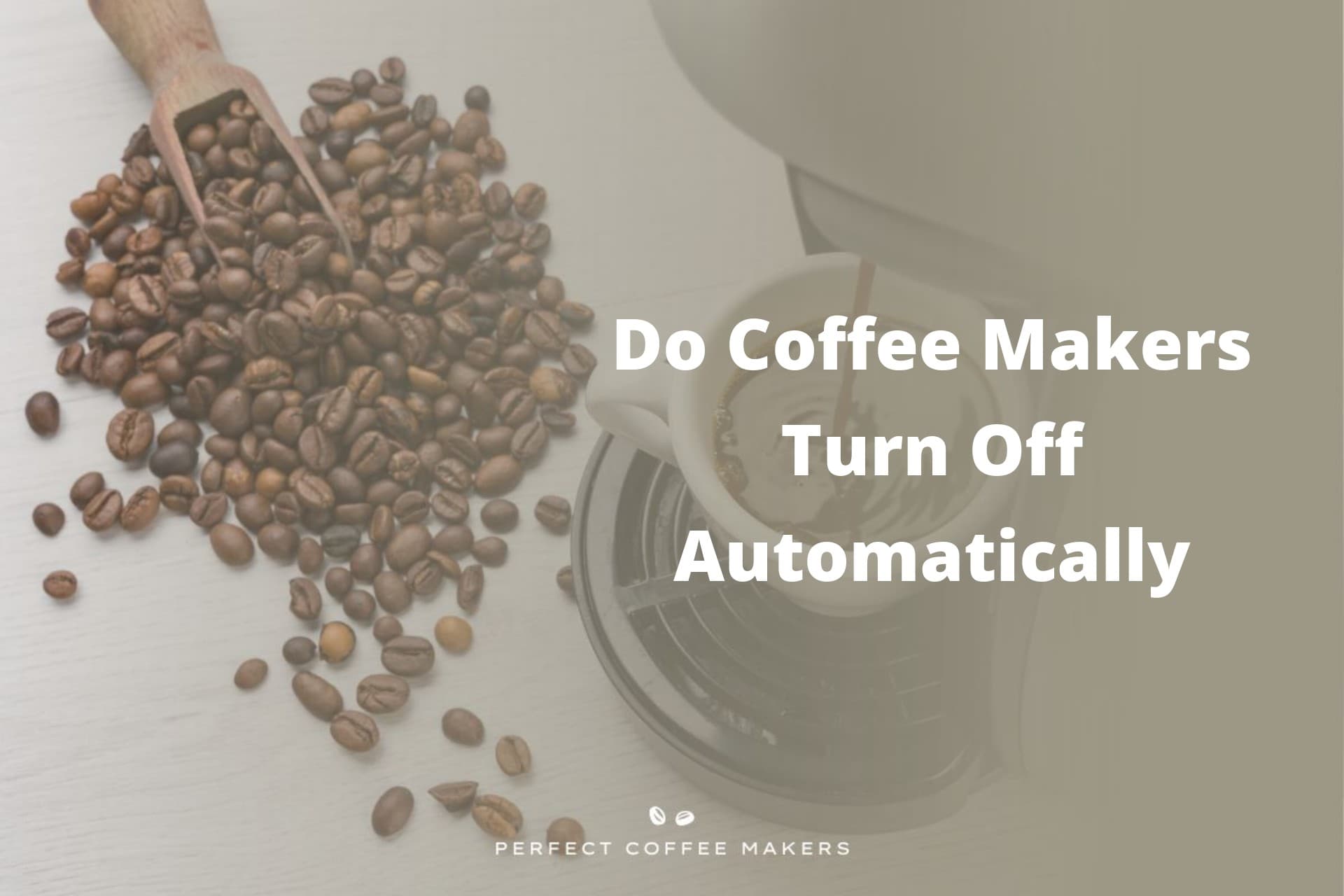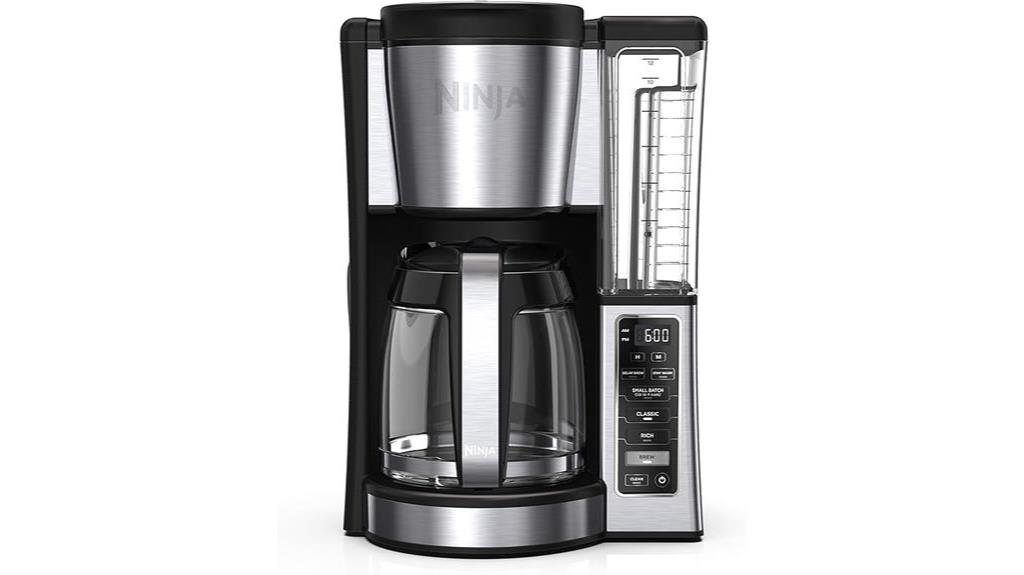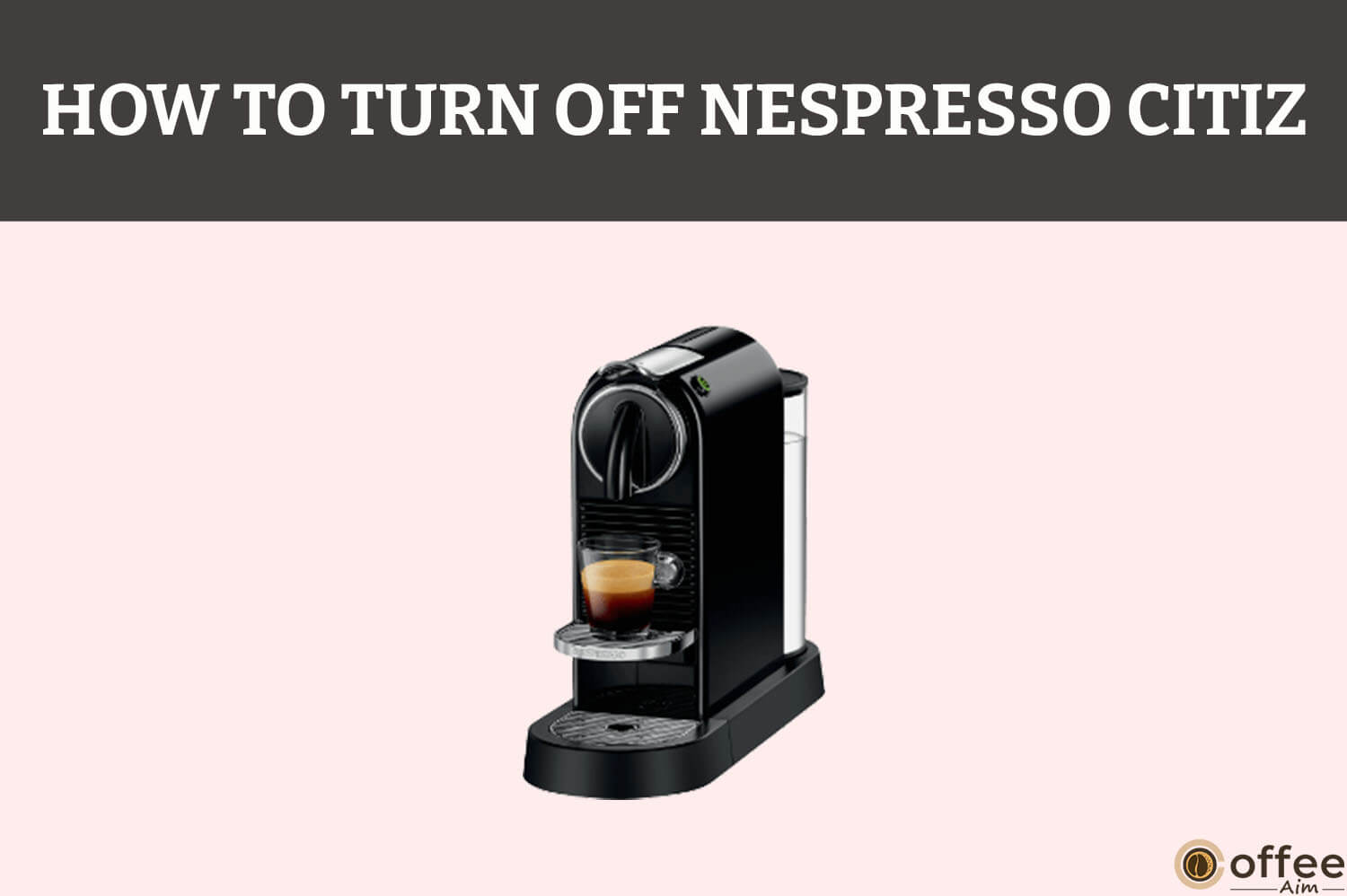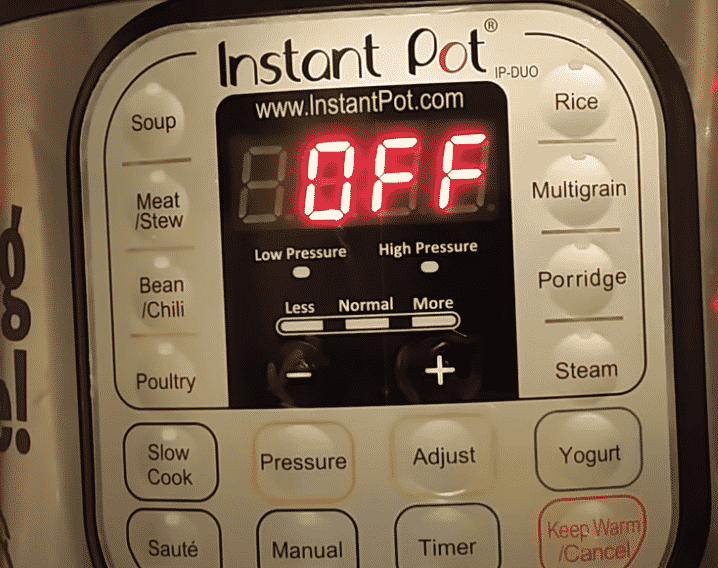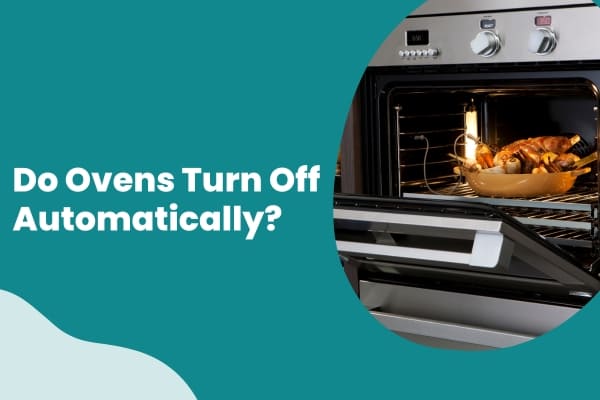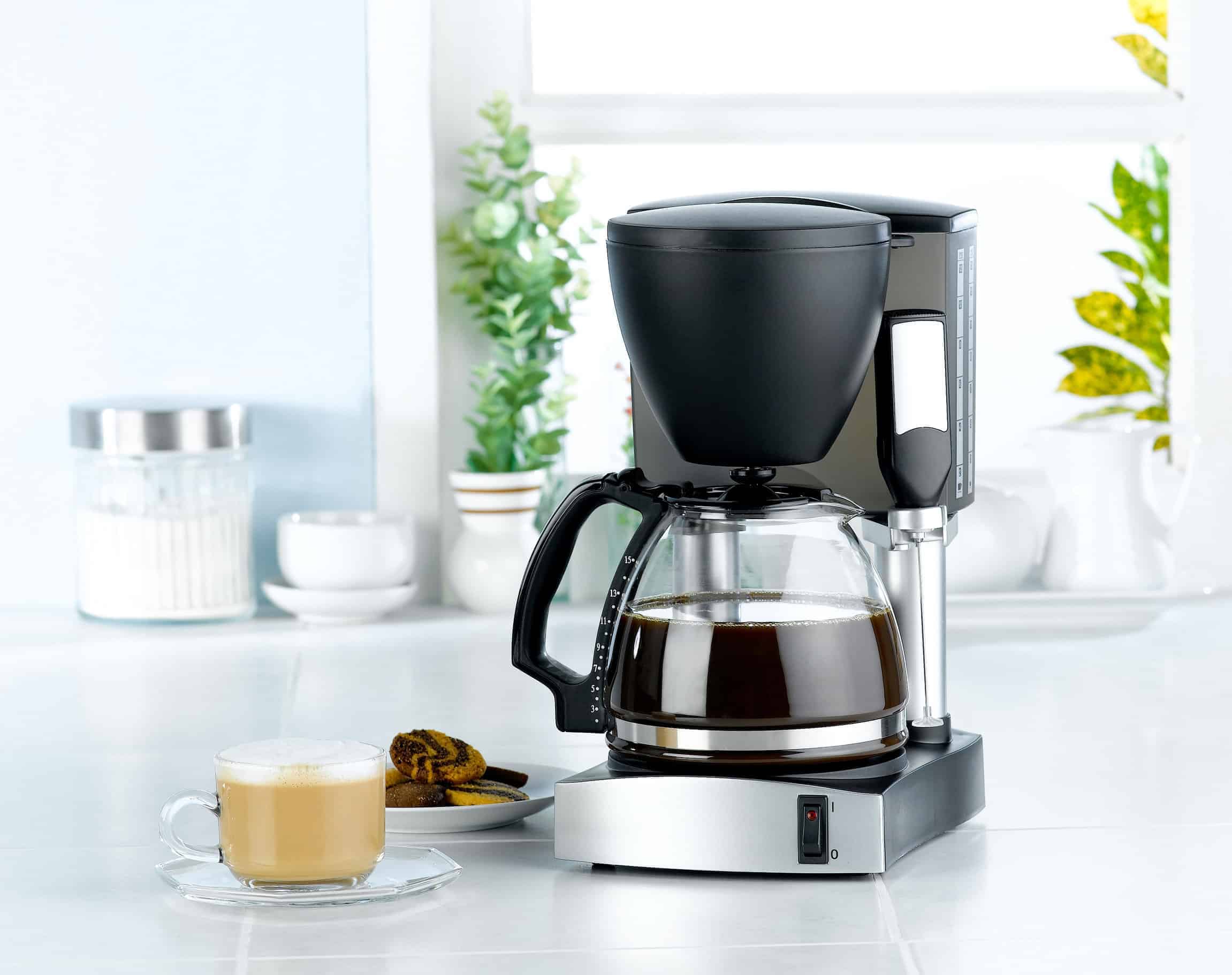Do Coffee Pots Turn Off Automatically
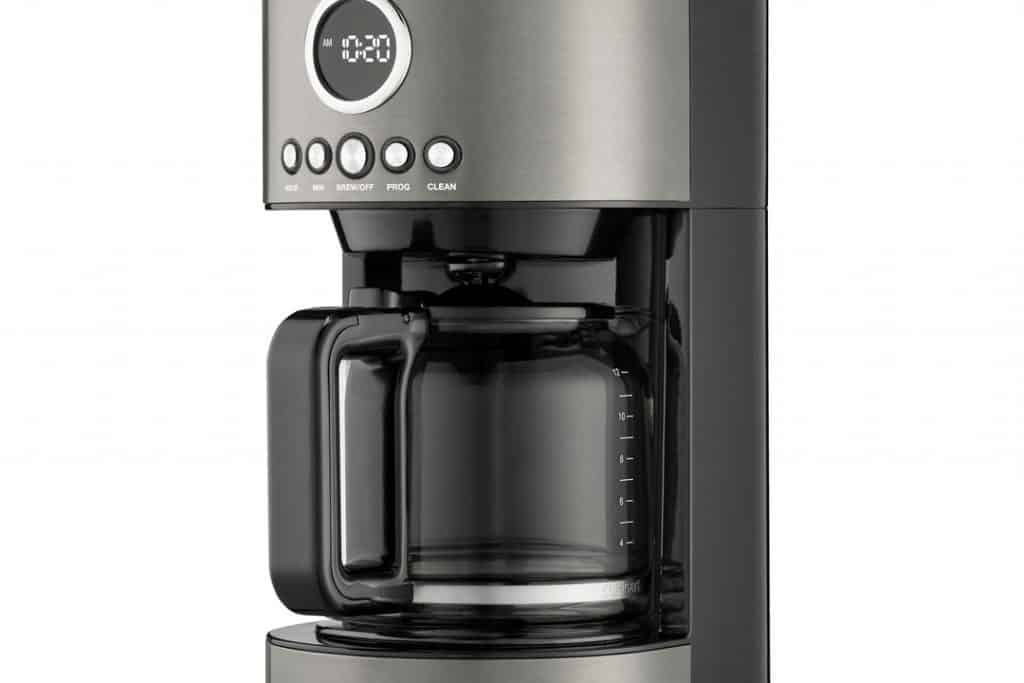
The aroma of freshly brewed coffee is a morning staple for millions. But lurking beneath that comforting scent is a question of safety: does your coffee pot automatically shut off? The answer, surprisingly complex, could be the difference between a perfect start to the day and a potential house fire.
This article delves into the crucial issue of automatic shut-off features in coffee pots. We will examine the prevalence of this safety mechanism, the regulations surrounding it, and the potential risks associated with models that lack it. Ultimately, we aim to provide consumers with the information needed to make informed decisions about their coffee brewing habits and the safety of their homes.
Prevalence of Automatic Shut-Off Features
Automatic shut-off features are now standard in many modern coffee makers. However, this wasn't always the case. Older models, often found in thrift stores or passed down through generations, frequently lack this vital safety component.
Market research indicates that the vast majority of new drip coffee makers sold today include an automatic shut-off function. This is largely driven by consumer demand and increasing awareness of fire hazards.
Regulations and Safety Standards
There are no federal regulations in the United States mandating automatic shut-off for coffee makers. However, organizations like Underwriters Laboratories (UL) set voluntary safety standards that manufacturers often adhere to.
UL standards, for example, often require that coffee makers shut off after a certain period of inactivity, typically ranging from 30 minutes to 2 hours. Compliance with these standards is indicated by the UL Listed mark, which provides consumers with assurance that the product has undergone rigorous testing.
The Risk of Coffee Pots Without Automatic Shut-Off
Coffee pots without automatic shut-off pose a significant fire risk. If left unattended, the heating element can overheat, potentially igniting nearby flammable materials.
The National Fire Protection Association (NFPA) reports that cooking equipment, including coffee makers, is a leading cause of home fires. While specific data on coffee maker-related fires is limited, the NFPA emphasizes the importance of never leaving cooking appliances unattended.
Anecdotal evidence abounds, with numerous reports of near-misses and actual fires caused by forgotten coffee pots. These incidents highlight the critical role of automatic shut-off features in preventing accidents.
Consumer Education and Responsibility
Educating consumers about the importance of automatic shut-off features is crucial. Many people are unaware of the potential risks associated with older or less expensive coffee makers that lack this function.
Consumers should always check for the UL Listed mark or other safety certifications when purchasing a coffee maker. Reading the manufacturer's instructions carefully is also essential for understanding the appliance's features and safety precautions.
Beyond product features, responsible usage habits are vital. Never leave a coffee maker unattended while it's brewing or keeping coffee warm. And always unplug the appliance when it's not in use.
Perspectives from Manufacturers and Safety Experts
Coffee maker manufacturers generally emphasize their commitment to safety. Many incorporate multiple layers of safety features, including automatic shut-off, thermal fuses, and overheat protection.
Safety experts stress that automatic shut-off is just one element of fire safety. Smoke detectors, fire extinguishers, and a well-rehearsed escape plan are also essential components of a comprehensive home safety strategy.
“While automatic shut-off features are a significant advancement, they are not a substitute for vigilance,” says John Smith, a fire safety consultant. “Consumers should always exercise caution and never become complacent about fire safety.”
The Future of Coffee Maker Safety
The trend toward increased safety features in coffee makers is likely to continue. As technology advances, we may see even more sophisticated safety mechanisms incorporated into these appliances.
Smart coffee makers, for example, offer remote control and monitoring capabilities, allowing users to turn off the appliance from their smartphones. This added layer of convenience and control can further reduce the risk of accidents.
Ultimately, the future of coffee maker safety hinges on a combination of technological innovation, industry standards, and consumer awareness. By working together, manufacturers, regulators, and consumers can create a safer environment for enjoying that perfect cup of coffee.
